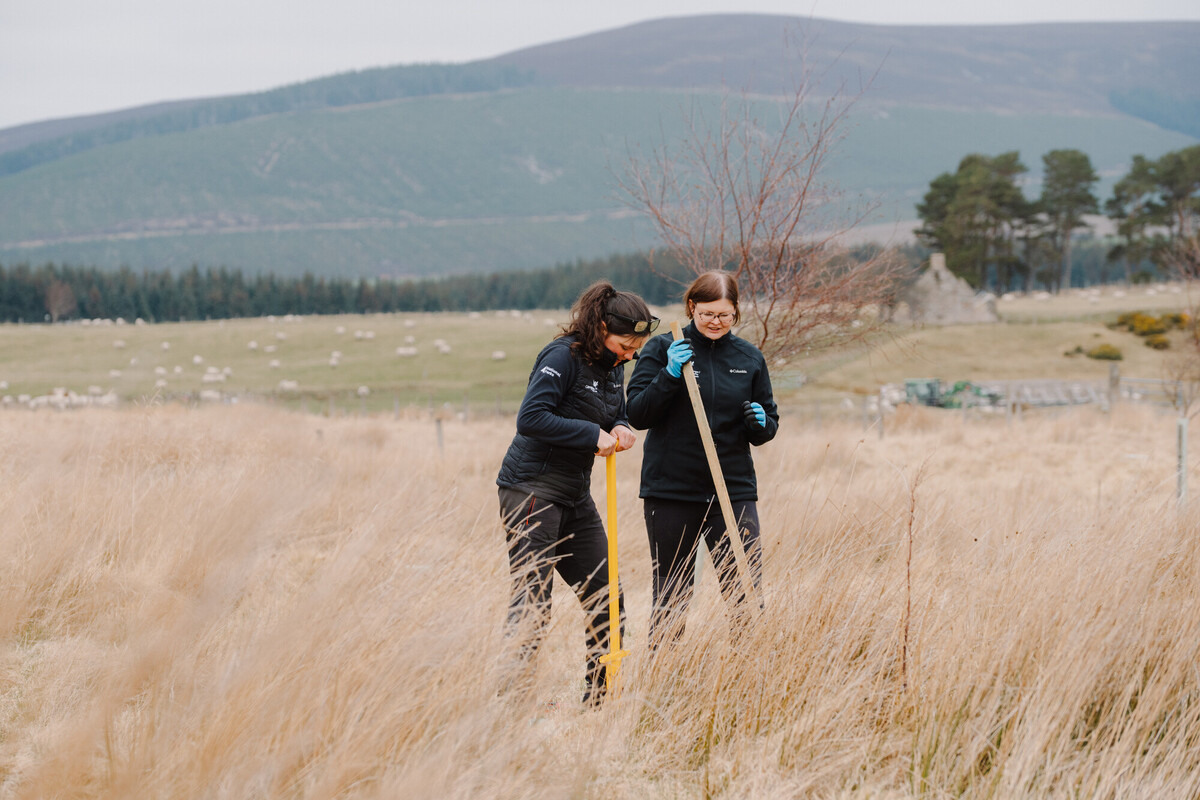Nurturing new aspen networks

Nurturing new aspen networks
Habitat havens
Aspen trees are an important element of Caledonian pinewoods and support a host of species that depend on them. These include the aspen hoverfly, the dark bordered beauty moth and very rare mosses and lichens. Aspen is a conservation priority, and we are working with landowners and partners across the National Park to create a thriving network of aspen habitats.
Aspen on farms
Earlier this year, two farming partners involved in the Cairngorms 2030 Future Farming project - Clury Farm near Dulnain Bridge and Rhindhu Farm near Glenlivet - worked with six members of the volunteer ranger team to create space for aspen on their farms.
Volunteer rangers
Volunteer rangers dedicate their time to supporting the National Park with projects like this one as well as getting involved in a range of activities, from engaging with local people and visitors along popular routes, to picking up litter and reporting issues such as broken fences and gates, live fire sites or washed-away paths. Last year, volunteer rangers dedicated an incredible 5,566 hours of their time to the National Park!
Bridging aspen gaps
Over 100 saplings were planted, helping to bridge key gaps in the aspen habitat network. Though only small groups, they will still play an important part in the network, acting as stepping stones for the mobile species that depend upon the aspen. We look forward to seeing them grow and being thriving habitats in the years to come.
Cairngorms Future Farming
The Cairngorms 2030 Future Farming project is supported by The National Lottery Heritage Fund. It aims to show how farming can have a low carbon footprint, help restore nature, and increase business resilience while maintaining profitable farm businesses. Different practices will be trialled and monitored for their impact and effectiveness, and learnings shared with other farmers.




